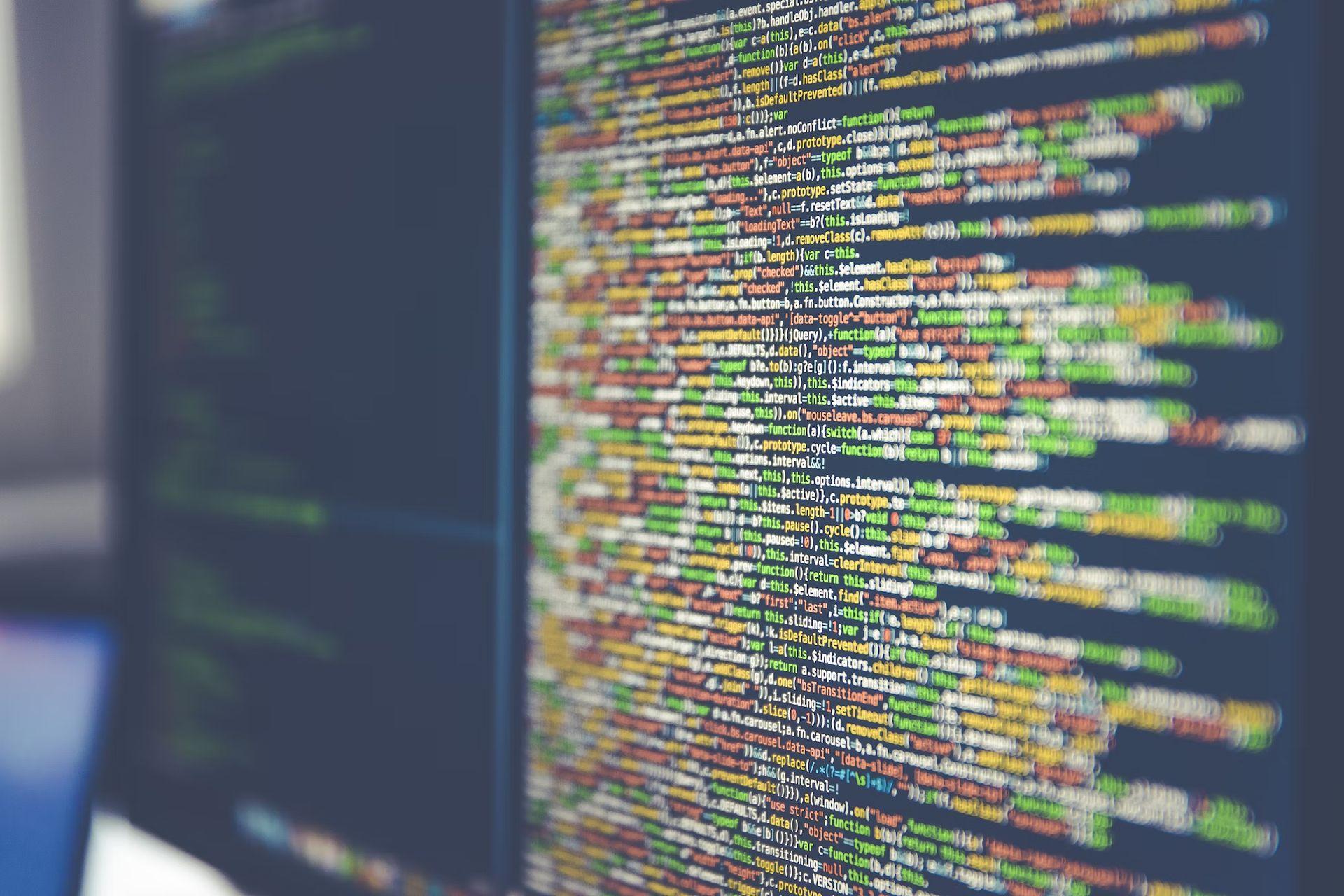As the world becomes increasingly digital, businesses are turning to technology to stay ahead of the competition. Data-driven decision making is becoming more critical than ever before, and two technologies that have captured the imagination of businesses worldwide are artificial intelligence (AI) and augmented intelligence (AU).
While these two terms are often used interchangeably, they are fundamentally different. Understanding these differences is crucial for businesses to select the appropriate technology to meet their specific needs. In this article, we will explore the differences between AI and AU and explain why comparing these two concepts is meaningful for businesses.
Artificial intelligence vs augmented intelligence
Understanding the differences between artificial intelligence and augmented intelligence is key for the future of businesses for several reasons. Here are a few:
- Appropriate implementation: Understanding the differences between AI and AU allows businesses to choose the most appropriate technology to meet their needs. AI is best suited for specific tasks that require a high level of autonomy, such as image or speech recognition, while AU is better for more complex decision-making processes that require human input.
- Cost-effective solutions: By understanding the differences between AI and AU, businesses can choose a more cost-effective solution. AI requires large amounts of data to function effectively, which can be expensive to collect and manage. In contrast, AU can work with smaller amounts of data and relies on human input, which can be more cost-effective.
- Improved efficiency: By selecting the appropriate technology, businesses can improve efficiency and productivity. AI is ideal for tasks that can be automated, allowing businesses to free up human resources to focus on more complex tasks. AU, on the other hand, can improve decision-making processes by combining machine intelligence with human expertise.
- Competitive advantage: Understanding the differences between AI and AU can give businesses a competitive advantage. By selecting the appropriate technology, businesses can improve efficiency and productivity, reduce costs, and make better decisions. This can help them to stay ahead of the competition in an increasingly data-driven business landscape.
Definition of artificial intelligence (AI)
Artificial Intelligence (AI) is a field of computer science that focuses on developing algorithms and computer programs that can perform tasks that would typically require human intelligence to complete. These tasks may include problem-solving, decision-making, language translation, and pattern recognition.
AI systems use a range of techniques, such as machine learning, natural language processing, and computer vision, to analyze data and make decisions based on that analysis. By using algorithms that can learn from data and adapt to new situations, AI systems can perform tasks with increasing accuracy and efficiency over time.
Today, AI technology is used in a variety of applications, including autonomous vehicles, speech recognition, and facial recognition. As AI continues to evolve, it has the potential to revolutionize many industries and improve our daily lives in countless ways.
Definition of augmented intelligence (AU)
Augmented Intelligence (AU), also known as intelligence amplification or cognitive augmentation, refers to the use of technology to enhance human intelligence rather than replacing it. It combines the strengths of humans and machines, leveraging the strengths of each to create a more effective and efficient decision-making process.
Unlike AI, which seeks to automate human tasks and replace human intelligence, AU seeks to empower humans to make better decisions by providing them with tools and insights to enhance their cognitive abilities. These tools may include data analysis and visualization software, natural language processing (NLP), and predictive analytics.
AU systems work by analyzing large amounts of data and presenting it in a way that is easily understandable to humans. This allows humans to make more informed decisions based on data-driven insights. AU can be used in a variety of applications, including healthcare, finance, and business intelligence.
Overall, AU technology aims to improve the efficiency and accuracy of human decision-making by augmenting human intelligence with advanced technology.

Understanding artificial intelligence
Artificial intelligence is a rapidly evolving field that is revolutionizing the way businesses operate. It is a technology that enables machines to learn from data and make decisions like humans. From autonomous vehicles to chatbots, AI is already transforming numerous industries, and its potential applications are limitless.
Benefits of artificial intelligence
There are several benefits to using AI technology, including:
- Increased efficiency: AI systems can process large amounts of data quickly and accurately, allowing organizations to make more informed decisions in less time.
- Improved accuracy: AI systems can analyze data with a high degree of accuracy, reducing the risk of errors that can occur with human analysis.
- Cost savings: AI technology can automate repetitive tasks, reducing the need for human labor and potentially saving organizations money in the long run.
- Better decision-making: AI systems can provide data-driven insights that can help organizations make better decisions.
Types of artificial intelligence
There are several types of AI, including:
- Reactive machines: These AI systems can only react to specific situations and do not have the ability to learn from past experiences.
- Limited memory: These AI systems can use past experiences to make decisions, but their memory is limited.
- Theory of mind: These AI systems can understand the mental states of others and make decisions based on that understanding.
- Self-aware: These AI systems have the ability to understand their own existence and make decisions based on that understanding.
Artificial intelligence is both Yin and Yang
Popular artificial intelligence examples
- Self-driving cars: AI technology is used in self-driving cars to help them navigate roads and avoid accidents.
- Personal assistants: Virtual assistants, such as Apple’s Siri and Amazon’s Alexa, use AI technology to understand natural language and perform tasks for users.
- Fraud detection: AI technology is used in the finance industry to detect fraudulent transactions and prevent financial crimes.
- Medical diagnosis: AI technology is used in healthcare to analyze medical data and assist with diagnosis and treatment recommendations.

Understanding augmented intelligence
Augmented intelligence is a technology that combines the best of human expertise and machine intelligence. Unlike AI, which relies solely on algorithms and data, AU recognizes the value of human input in decision-making processes. It works by combining the unique strengths of humans and machines to create a powerful tool that can tackle complex problems.
Benefits of augmented intelligence
There are several benefits to using AU technology, including:
- Enhanced decision-making: AU technology provides insights and data-driven recommendations that can help humans make more informed decisions.
- Increased efficiency: AU technology can automate repetitive tasks, reducing the time and effort required for humans to complete these tasks.
- Improved accuracy: By providing data-driven insights, AU technology can reduce the risk of errors that can occur with human analysis.
- Cost savings: AU technology can reduce the need for human labor and potentially save organizations money in the long run.
Types of augmented intelligence
There are several types of AU, including:
- Decision support systems: These systems provide insights and recommendations to humans to help them make better decisions.
- Natural language processing: This technology can analyze and understand human language, providing insights and recommendations based on that analysis.
- Predictive analytics: This technology uses data analysis to predict future outcomes and make recommendations based on those predictions.
- Collaborative systems: These systems allow humans and machines to work together to make decisions and solve problems.
Transforming industries and enhancing the CX with visual AI
Popular augmented intelligence examples
- Business intelligence software: AU technology is used in business intelligence software to analyze data and provide insights that can help organizations make better decisions.
- Healthcare decision support systems: AU technology is used in healthcare to provide recommendations for diagnosis and treatment based on medical data.
- Financial planning tools: AU technology is used in financial planning to provide insights and recommendations based on investment data.
- Fraud detection: AU technology is used in the finance industry to detect fraudulent transactions and prevent financial crimes.

Differences between artificial intelligence and augmented intelligence
While both artificial intelligence and augmented intelligence are technologies that deal with intelligence, there are several differences between them. In this section, we will discuss the main differences between AI and AU.
Purpose
The purpose of AI is to create machines that can perform tasks that typically require human intelligence. AI seeks to replace human intelligence with machine intelligence. In contrast, the purpose of AU is to enhance human intelligence with advanced technology. AU seeks to augment human intelligence with AI tools and insights.
Approach
The approach of AI is to create machines that can perform tasks without human intervention. AI systems are designed to operate independently, using complex algorithms and decision-making processes to perform tasks. In contrast, the approach of AU is to create technology that can support and enhance human decision-making. AU systems are designed to work alongside humans, providing insights and recommendations that humans can use to make better decisions.
Goal
The goal of AI is to create machines that can operate autonomously, without the need for human intervention. AI systems aim to replace human decision-making with machine decision-making. In contrast, the goal of AU is to improve human decision-making by providing humans with tools and insights that can help them make better decisions. AU systems aim to augment human decision-making with machine insights and recommendations.
The significance of office automation in today’s rapidly changing business world
Autonomy
AI systems are designed to operate autonomously, without the need for human intervention. AI systems use complex algorithms and decision-making processes to perform tasks. In contrast, AU systems are designed to work alongside humans. AU systems provide insights and recommendations that humans can use to make better decisions, but humans are still ultimately responsible for making the final decision.
Data dependency
AI systems require large amounts of data to function effectively, whereas AU systems can work with smaller amounts of data. This is because AI systems rely on machine learning algorithms that require vast amounts of data to “train” the system. For example, an AI-powered image recognition system needs to be fed with thousands or even millions of images to accurately identify objects. In contrast, AU systems can be designed to work with smaller datasets because they don’t rely solely on data. Instead, they use a combination of data, human input, and machine intelligence to generate insights and recommendations.

Flexibility
AI systems are designed to perform specific tasks, whereas AU systems can be customized to support a variety of decision-making processes. AI systems are programmed to perform a specific function, such as image recognition, natural language processing, or predictive analytics. Once the system is trained, it can only perform that specific task. In contrast, AU systems are more flexible and adaptable. They can be customized to support a variety of decision-making processes, such as risk analysis, fraud detection, or customer service.
Learning
AI systems can learn and adapt over time, whereas AU systems require human input to learn and adapt. AI systems are designed to learn from the data they are fed, and they can continuously improve their performance over time. For example, a chatbot powered by AI can learn from the conversations it has with users and improve its responses accordingly. In contrast, AU systems require human input to learn and adapt. For example, an AU-powered sales forecasting tool might provide a sales team with recommendations based on data and analysis, but the team still needs to input their knowledge and experience into the system to make it more accurate and effective.
Artificial intelligence vs augmented intelligence | ||
| Purpose | Designed to perform specific tasks | Customizable to support a variety of decision-making processes |
| Approach | Relies on machine learning algorithms and data | Combines data, human input, and machine intelligence |
| Goal | Designed to perform specific tasks | Customizable to support a variety of decision-making processes |
| Autonomy | More autonomous and can learn and improve without human input | Requires human input to learn and improve |
| Data dependency | Requires large amounts of data to function effectively | Can work with smaller amounts of data |
| Flexibility | Less flexible and adaptable | More adaptable and customizable |
| Learning | Utilizes machine learning algorithms to improve performance | Learning is primarily driven by human input, but can also incorporate machine learning algorithms |
Conclusion
In conclusion, understanding the differences between AI and AU is critical for businesses as they strive to remain competitive in today’s data-driven world. By selecting the most appropriate technology for their needs, businesses can improve efficiency, reduce costs, and gain a competitive advantage. While both AI and AU have their strengths, knowing the differences between the two technologies is essential to make informed decisions. We hope this article has provided a comprehensive understanding of the differences between AI and AU, and how each technology can help businesses achieve their goals.





